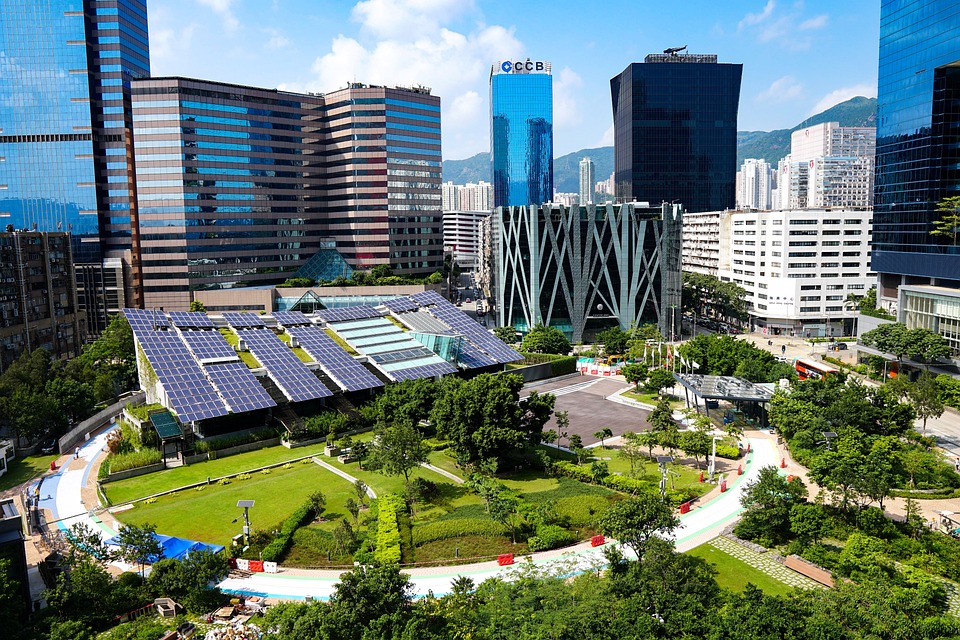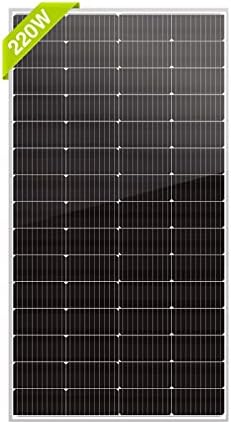Solar panels have been gaining immense popularity as a sustainable and cost-effective way to generate electricity. With the rising concerns about environmental degradation and increasing electricity bills, more and more people are turning towards solar energy to power their homes and businesses. As someone who has experienced the joys of living off the grid, I can attest to the positive impact that solar panels can have on your life. But of course, the big question on everyone’s mind is, “How much do solar panels really cost?” In this comprehensive analysis, we will delve into the nitty-gritty details of solar panel costs, breaking down the expenses and benefits to help you make an informed decision about integrating solar energy into your life.
Cost of Solar Panels
Let’s start with the most pressing question – how much do solar panels cost? The answer to this question is not as straightforward as you might think, as there are numerous factors that contribute to the overall cost of solar panels. On average, the cost of a solar panel system can range from $15,000 to $25,000 for a typical residential installation. This price includes the solar panels, inverter, mounting hardware, and installation labor. However, the actual cost will depend on the size of the system, the brand and quality of the solar panels, the complexity of the installation, and any additional components like batteries or monitoring systems.
Federal and State Incentives
When considering the cost of solar panels, it’s important to factor in the various incentives and rebates that can significantly reduce the upfront expenses. The federal government offers a 26% Solar Investment Tax Credit (ITC) for residential and commercial solar installations through the end of 2022. This credit can offset a substantial portion of the initial cost of the solar panel system. Additionally, many states and local municipalities offer their own incentives to encourage residents to invest in solar energy. These incentives can take the form of rebates, tax credits, and performance-based incentives, further lowering the overall cost of solar panels.
Long-Term Savings
While the upfront cost of solar panels may seem daunting, it’s important to consider the long-term savings that come with generating your own electricity. Depending on your location and energy usage, you can expect to see significant savings on your electricity bills over the years. In fact, many homeowners report cutting their electricity bills in half or even eliminating them entirely after installing solar panels. With the average lifespan of solar panels being 25-30 years, the savings can add up to tens of thousands of dollars, making the initial investment well worth it in the long run.
Maintenance and Repairs
One of the lesser-known costs of solar panels is maintenance and repairs. While solar panels are known for their durability and low maintenance needs, it’s important to budget for occasional expenses to keep your system running smoothly. This may include cleaning the panels to remove dirt and debris, replacing the inverter after its lifespan (typically 10-15 years), and occasional repairs due to weather damage or wear and tear. However, these maintenance costs are relatively minor compared to the ongoing savings from generating your own electricity.
Pro Tips:
– Do thorough research on different solar panel brands and installation companies to ensure you’re getting the best quality system for your budget.
– Consider leasing or financing options if the upfront cost is a barrier for you. Many companies offer flexible payment plans that allow you to start benefiting from solar energy without a large initial investment.
In conclusion, the cost of solar panels can vary widely depending on numerous factors, but the initial investment is often outweighed by the long-term savings and environmental benefits. With the help of federal and state incentives, the financial burden of installing solar panels can be significantly reduced, making it an attractive option for those looking to generate their own clean energy. While there are maintenance and repair costs to consider, the overall financial and environmental impact of going solar makes it a worthwhile investment for anyone seeking to live off the grid and reduce their carbon footprint.



